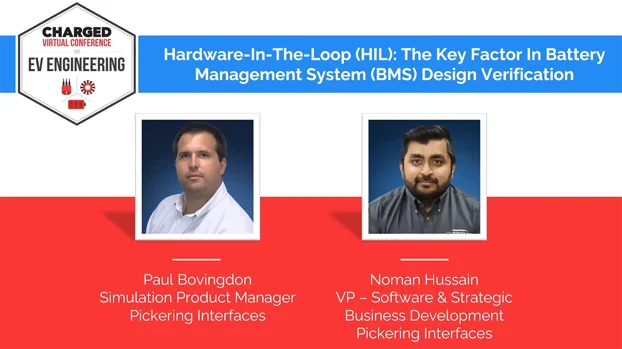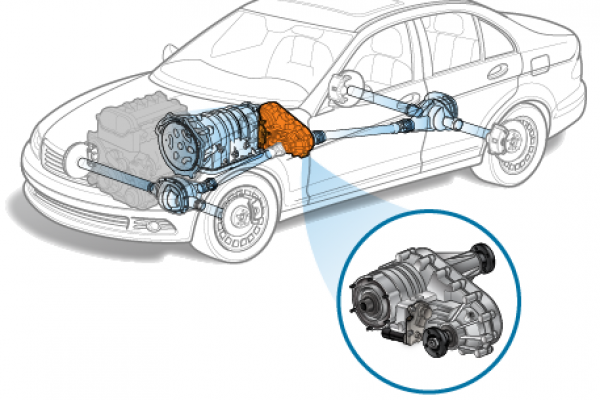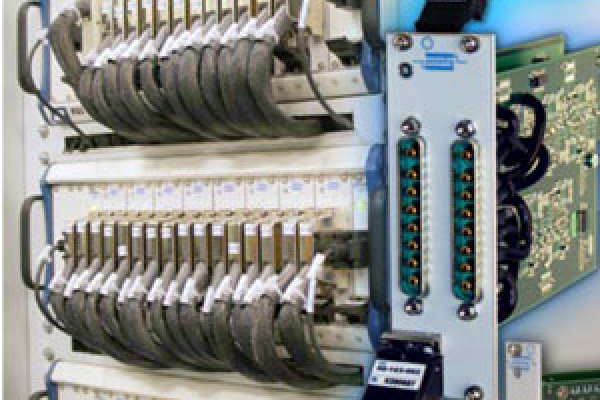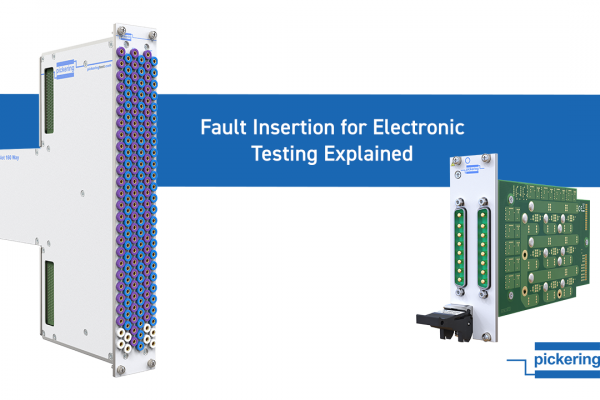Hardware-in-the-loop
At Pickering, we understand that the automotive
and
aerospace industries have the most challenging
electronic testing requirements. Since 1988, we have designed and manufactured commercial and custom switching and simulation
systems and instrumentation for a wide range of diverse functional test and hardware-in-the-loop simulation applications
to help test and validate automotive and aerospace electronics.
View our related resources here, including videos, white papers, success stories and more.
Our Switching & Simulation Solutions for Hardware-in-the-Loop (HIL) Simulation Applications Include:
PXI Fault Insertion Unit (FIU) Switching for Fault Insertion Testing
These FIU switch products can be used to introduce electrical faults into a system—this test process typically
duplicates various conditions which could occur because of corrosion, short/open circuits and other electrical
failure inherited through age, damage or even faulty installation.
Learn more
PXI Programmable Resistors for Sensor Simulation
A Hardware-in-the-Loop system employed to test an ECU needs to simulate the behavior of these sensors as
accurately as possible to ensure the ECU behaves on the test bench precisely as it would in the real
world. Please take a look at our PXI programmable resistor modules developed to help test system designers
achieve these goals.
Learn more
PXI Millivolt Thermocouple Simulators for Sensor Simulation
These simulators provide 32, 24, 16 or 8 channels of accurate low sources. They are ideal for the simulation of thermocouples
and can be used for sensor emulation in ECU testing. The channels can be operated with one of three voltage
ranges covering most thermocouple types. We can also supply connection solutions allowing the easy integration
of the Thermocouple Simulator into your test system.
Learn more
PXI LVDT, RVDT, Resolver Simulators for Sensor Simulation
Increase test flexibility and reduce cost with these high-performance simulators. More versatile than competing products,
replacing multiple products with just one that fits into a single PXI slot. They can handle up to four
channels of 5/6-Wire LVDT/RVDT or Resolver or eight channels of 4-Wire LVDT/RVDT simulation.
Learn more
Modular Breakout Systems
This Modular Breakout System combines a BoB feature set with the added flexibility of an FIU. By mating the
FIU chassis directly to the BoB using our plug-in modules, cabling is minimized, creating a more compact,
reliable design and improving signal
integrity.
Learn more
Whose fault is it when ECU's go wrong?
Electronic Control Units (ECUs) are ever-present in today's automotive and aerospace industries. They are increasingly being
used in safety-critical applications that demand the highest reliability in environments where undesirable behavior cannot
be tolerated - the failure of an ECU to act appropriately under emergency conditions could pose a threat to life and/or
property. Ensuring these demands are unconditionally met requires significant investment in test procedures and documentation.
An ECU relies on information from a set of sensors and controls to decide what to do with the device it is managing. These
sensors often work in highly hostile environments (e.g., car or jet engines), and predictably failures can occur in the
sensors or their interconnections. The ECU has to respond appropriately to these component failures and genuine system
faults. For example, a jet engine needs to shut down if it catches on fire but should not shut down if it is clear there
is a sensor fault.
Another example of an ECU operating in a hostile environment is the automotive Powertrain Control Modules (PCMs). The PCM
is one of the most complex controllers in the modern vehicle and requires rigorous testing of its functionality. The
consequences of PCM failure have greater significance in X-by-Wire applications (meaning the addition of electronic systems
into a vehicle to enhance and replace tasks that were previously accomplished via mechanical and hydraulic systems such
as braking or steering)—placing increased importance upon these test methods.
We can help validate ECU operation and software using our HIL simulation, please contact us to learn
more.













